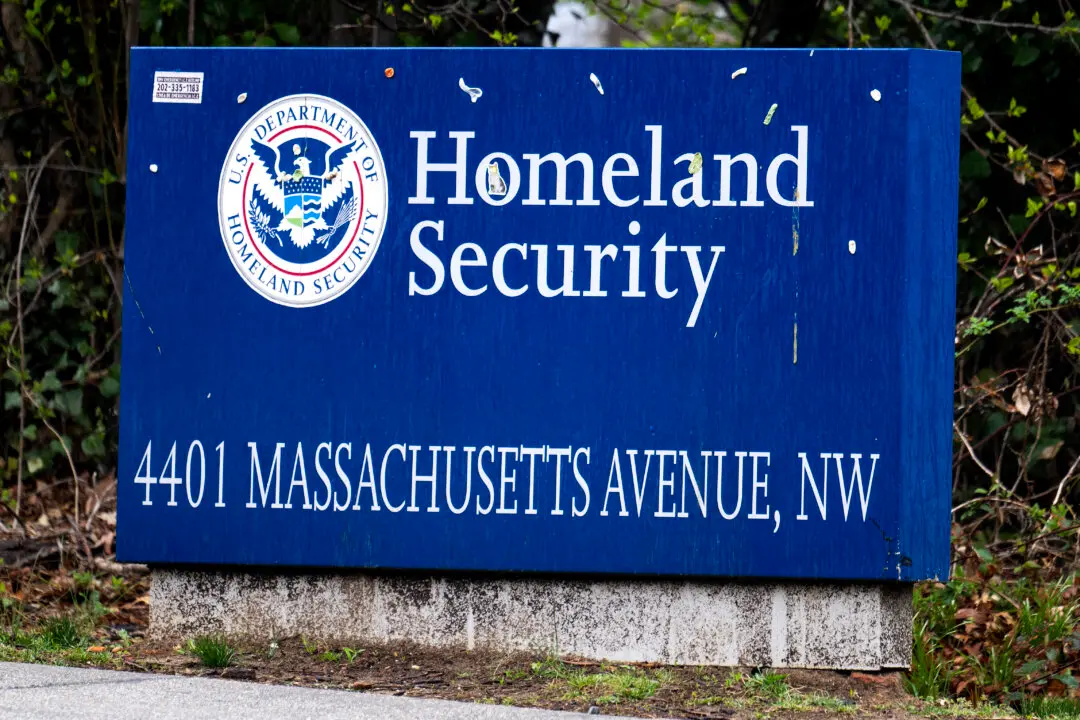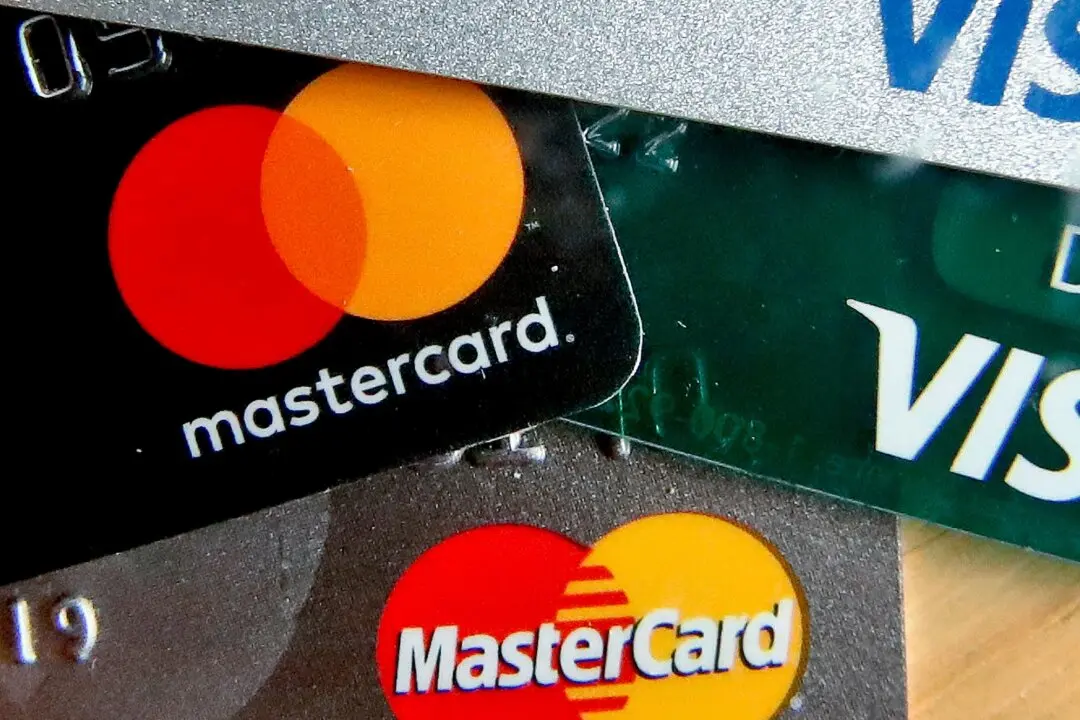Sri Lanka is considering purchasing solar panels through a credit line from India and China to offset rising electricity tariffs, Power and Energy Minister Kanchana Wijesekara said on Tuesday.
The Sri Lankan government raised electricity tariffs by 75 percent in August, the first increase in nine years, triggering protest among local Buddhist clergy who were struggling to pay their electricity bills.





